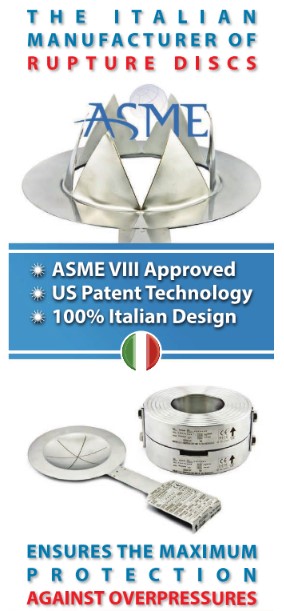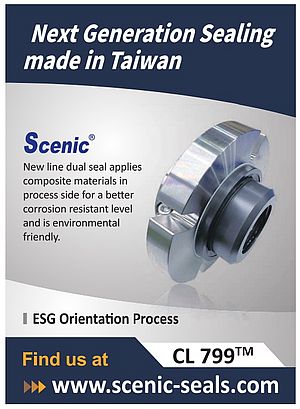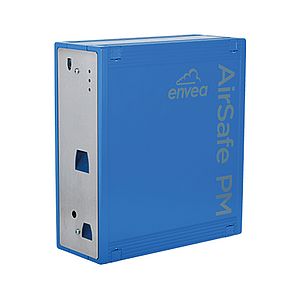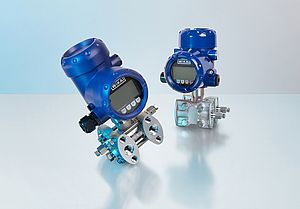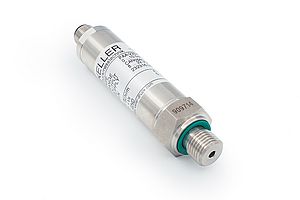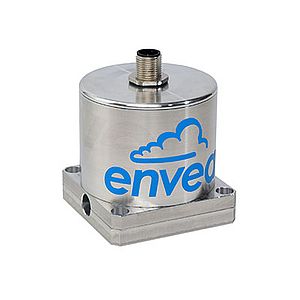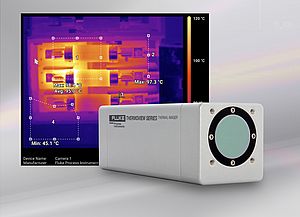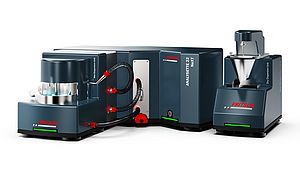The offshore regions of Trinidad and Tobago, the Falkland Islands, and Suriname are expected to be on the list for exploration for many international oil companies, who aim to drill within the next few years, boosting offshore drilling expenditure in the South American region, states a new report by industry experts GBI Research.
The new report looks at offshore drilling activity, which has been a major focus of countries in the Americas, as governments encourage their energy industries in order to make their countries as self-sufficient as possible. Despite political uncertainties, oil and gas giants are moving in on South American countries in order to profit from their relatively unexploited resources.
The major offshore oil and gas fields in the Americas are the Gulf of Mexico, the Newfoundland and Nova Scotia oil fields off the Canadian coastline, and the Campos and Santos basins off the coast of Brazil. However, the offshore basins of the islands of Trinidad and Tobago are rich in natural gas reserves, as are the Carina Aries and Perla oil field shallow water blocks off the Argentine and Venezuelan coasts respectively. Other places in the Americas with offshore drilling investment potential are Suriname, the Falkland Islands, Uruguay, Cuba, Peru and Ecuador, as recent exploration attempts branch out in search for new oil and gas reserves.
International oil companies are beginning to invest in exploration and drilling activity off the coast of Suriname, which lies close to the Caribbean. July 10, 2012 saw oil giant Chevron announce its entry into a joint venture with Bermuda-based Kosmos Energy Ltd. to aggressively explore for hydrocarbons with each company holding a 50% stake in two Kosmos deepwater basins off the coast of Suriname.
Similarly, April 2012 saw the government of Trinidad and Tobago declare the commencement of deepwater block bidding for six offshore blocks off the East Coast Marine Area and Trinidad and Tobago Deep Atlantic Area. As a proactive measure to encourage offshore exploration, the government of Trinidad and Tobago cut back its petroleum profit tax from 50% to 35%, and has ensured state participation as means to encourage and support international E&P companies to drill in offshore Trinidad and Tobago.
Offshore drilling expenditure in South and Central America increased over 2000–2008, from $4 billion in 2000 to $10.50 billion in 2008, due to substantial exploration activities off the coast of Brazil in the deepwater Santos and Campos basins. An energy demand drop occurred as a result of the global financial crisis of 2008, but a steady increase in expenditure has developed since then. The offshore drilling expenditure in the South and Central American region is expected to grow at an Average Annual Growth Rate [AAGR] of around 7.8%, from $12.04 billion in 2011 to around $16.74 billion in 2016.
Offshore drilling in the Americas
spreads to the south of the continent
- October 10, 2012
- 133 views
















